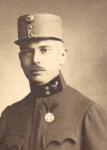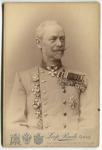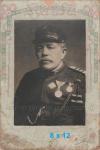-
Posts
34 -
Joined
-
Last visited
Content Type
Profiles
Forums
Blogs
Gallery
Events
Store
Everything posted by Sommerfeld
-

Official. A necessary help is on a rank and department.
Sommerfeld replied to Sommerfeld's topic in Austro-Hungarian Empire
-

Official. A necessary help is on a rank and department.
Sommerfeld replied to Sommerfeld's topic in Austro-Hungarian Empire
-
Oberst Pergen died in Vienna in October, 1890 in age 68
-
wraith42 Glenn Many thanks! I do not simply have words.
-
-

Help identify military ranks in a memorial board
Sommerfeld replied to Larissa's topic in Austro-Hungarian Empire
Innsbrucker Nachrichten, 1915, 4 Oktober, s.9 -

Help identify military ranks in a memorial board
Sommerfeld replied to Larissa's topic in Austro-Hungarian Empire
Kohanyi Koloman. Fähnr. i. d. Res.. FHR 6 (Feldhaubitzenregiment Franz Ferdinand Nr. 6) kriegsgef. -

Help identify military ranks in a memorial board
Sommerfeld replied to Larissa's topic in Austro-Hungarian Empire
it is an error from Verlustliste Periodical Volume Date: 1916 * Date of Publication of the Item: 3.1.1916 Periodical Item Number: 348 * Page Number: 5 -

Help identify military ranks in a memorial board
Sommerfeld replied to Larissa's topic in Austro-Hungarian Empire
-
-
Theodor von Zeynek Ein Offizier im Generalstabskorps erinnert sich Böhlau Verlag Wien, 2009. - s.190
-

Official. A necessary help is on a rank and department.
Sommerfeld replied to Sommerfeld's topic in Austro-Hungarian Empire
Officials are very difficult. Thanks for a help all who participated in a discussion. -
-
-
1915. About the collaboration of civil and soldiery postal departments. http://www.bildarchivaustria.at/Preview/16202411.jpg information 'on-line' In 1913 the structure, organization and scope of activity of the military postal system was reorganized in Austria-Hungary as set out in the Dienstbuch E-47. According to this rulebook, the Imperial and Royal Feldpost was a ‘joint army institution’, the task of which was to convey all official and private post (‘letters, postcards, printed material, newspapers, commercial samples and parcels’) between the army in the field and the home front. When the Imperial and Royal Feldpost began its work immediately after war was declared (in early August), 118 field post offices were set up and staffed by 620 officials. By the end of the First World War and the dissolution of the Austro-Hungarian Feldpost the number of field post offices had risen to 500 and that of the base post offices to 200. At the end of 1918 around 2,800 officials were employed in the Austro-Hungarian military postal service. All Austro-Hungarian main, field and base post offices had a number that was assigned at random. This ensured that the location and movements of individual troop units were kept secret and also made it easier to sort the huge volumes of mail. The numbers contained the essential address coordinates to ensure accurate and expeditious delivery of letters, postcards and parcels to the fronts. The address of a soldier was composed of their rank, first and family names, the body of troops they were attached to and the number of the relevant field post office. In February 1917 this system of field post office numbers was also adopted in the German Empire, where they had previously been designated according to troop headquarters and high command headquarters.
-
postmen were called to the army only during mobilization, and in a peace-time used services of civil service.
-

Austria-Hungary FZM Friedel and GDI Madle
Sommerfeld replied to Ian's topic in Austro-Hungarian Empire
-

Austria-Hungary FZM Friedel and GDI Madle
Sommerfeld replied to Ian's topic in Austro-Hungarian Empire




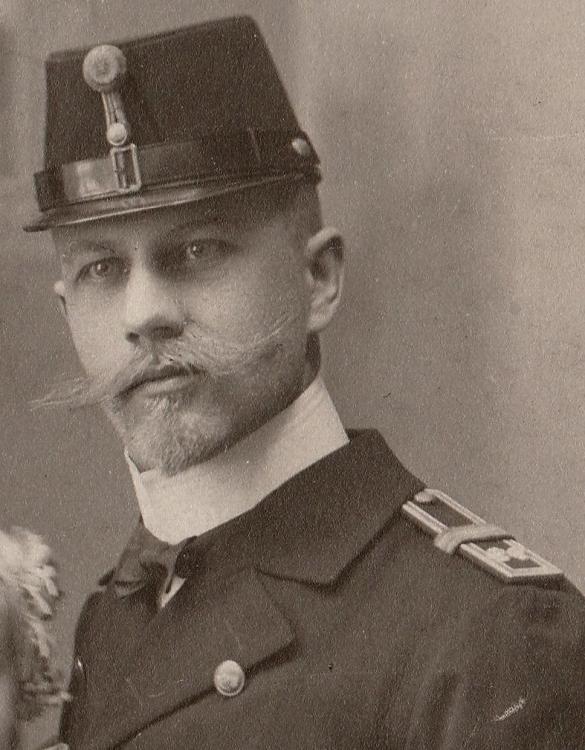

.thumb.jpg.6017fa9e547217cd56b1b0e3723fca00.jpg)
.thumb.jpg.781b888ecc15d4b8b8956932687745ee.jpg)
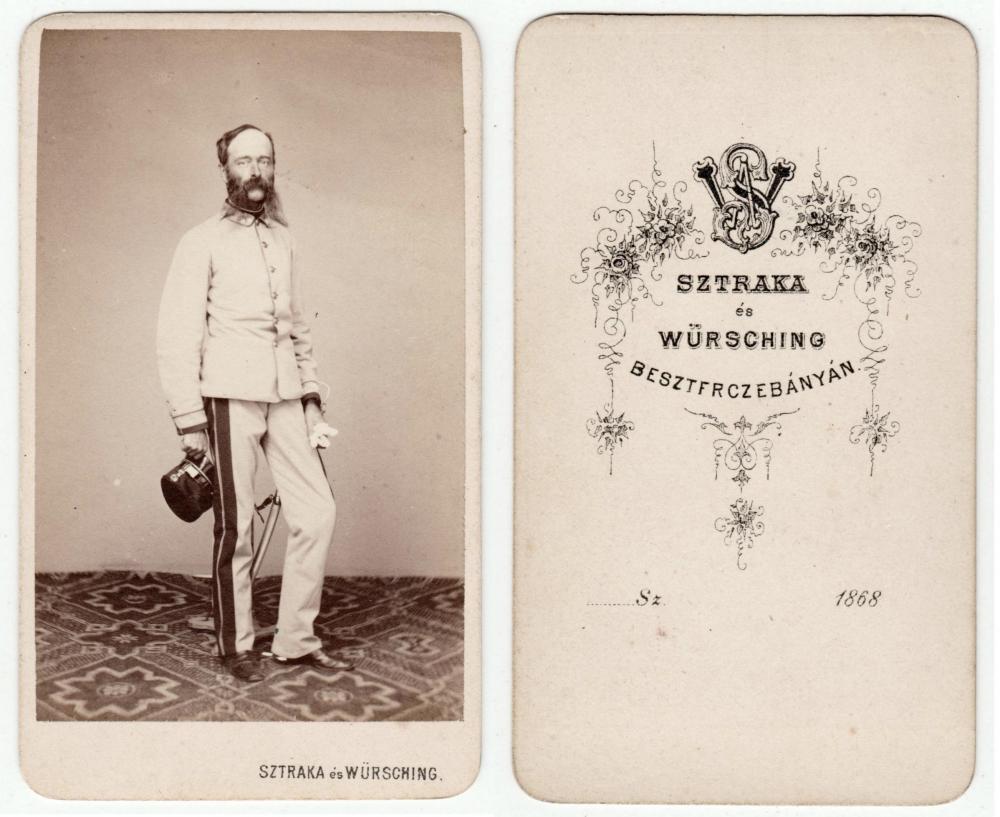

.png.58a2458b81ac7f6d7d157e5451cf285c.png)

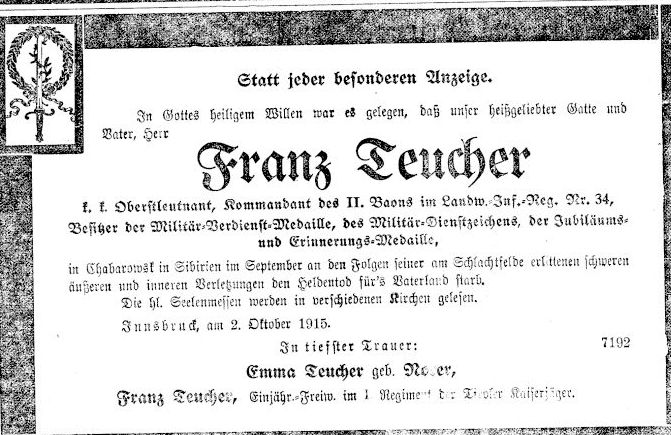
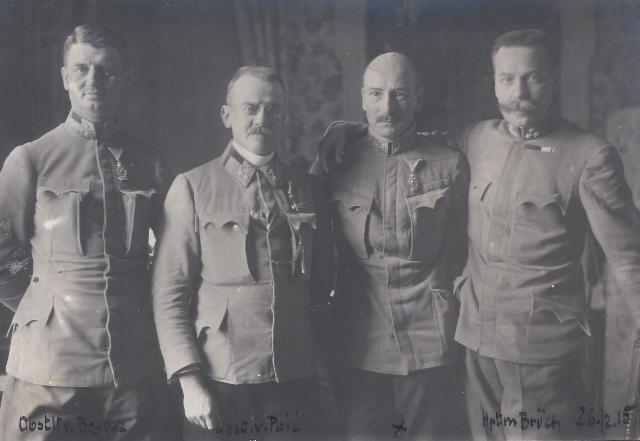

.thumb.jpg.72c23c491e210c5d473f0e79eaad6e1c.jpg)
